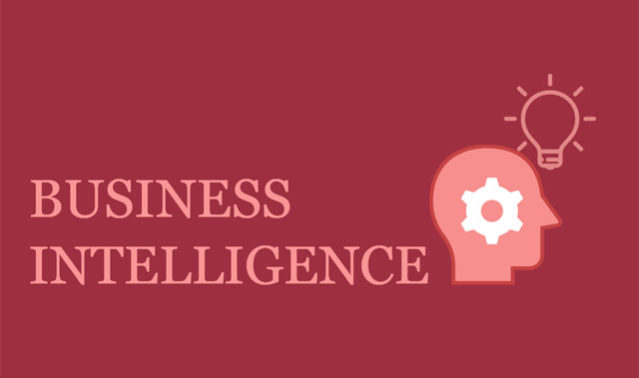BUSINESS INTELLIGENCE BASICS
What Is Business Intelligence?
1
What Business Value Does BI Deliver?
2
BI Problems: Then and Now
3
Components of a BI Solution
BI Terminology
1
BI Terminology: OLTP and OLAP
2
BI Terminology: Dashboards and Scorecards
3
BI Terminology: Extract, Transform, Load and Reporting Tools
Business Intelligence Initiative Roadmap
1
The BA Process in Business Intelligence Initiatives
2
How the Business Analyst Delivers Business Value
BUILDING YOUR BI STRATEGY
Business Intelligence Meta Model (BIMM)
1
Why a Business Intelligence Meta Model?
2
The BIMM as a Brainstorming Tool
3
Other Brainstorming Tools
Elements of the Business Intelligence Meta Model
1
Outcomes and Insights
2
Knowledge Acquisition
3
Information and Structure
4
Data
Strategic and Tactical Prioritization
1
Timeboxing
2
MoSCoW Analysis
3
2 x 2 Matrix
Characteristics of Well-Formed Outcomes: SAVED
1
Example: A Poorly Formed Outcome
2
IIBA Requirement Definitions
3
Business Requirements
4
Example: Business Requirement
EVALUATING READINESS FOR BUSINESS INTELLIGENCE
Assessing Project Feasibility
1
Strategy Analysis
2
Introducing Your Planning Spreadsheet
3
Every Business Has a BI System or Solution
4
Three Skill Sets Needed For Business Intelligence
Business Intelligence Maturity Levels
1
Level 1: Informal
2
Level 2: Defined
3
Level 3: Managed
4
Level 4: Controlled
5
Level 5: Optimized
Driving the BI Initiative Forward
1
What Are Business Drivers?
2
Evaluating Your Maturity Level
Business Intelligence Technologies
1
Example: Enabling Technologies for BI
2
Identifying Enterprise Systems and Data
3
How Is Enterprise Data Stored?
4
Understanding Your Data
Data Governance
1
Unstructured Data
2
Technical Infrastructure
3
Structured and Unstructured Data
4
Other Definitions of Data Governance
Data Governance Framework
1
Areas of Focus
2
Who Manages Data Governance?
DEALING WITH DATA
Top-Down Data Analysis
1
Enterprise Information Architecture
2
Designing Standardized Business Metadata
Bottom-Up Source Data Analysis
1
Source Data Selection
2
Data Selection Issues
Data Cleansing
1
Extract, Transform, and Load (ETL)
2
Specifying ETL Rules
3
Moving Data to a Data Warehouse
Developing the Data Warehouse
1
Denormalization
2
OLTP vs. OLAP
3
OLAP Terminology
4
Value of OLAP
ORGANIZING A BUSINESS INTELLIGENCE COMPETENCY CENTER
Defining Competence
1
Six Challenges of Business Intelligence
2
The Value of the BICC
How the BICC Addresses the Six Challenges of BI
1
Supporting Stakeholders
2
Supporting Business Strategy
3
Sharing Knowledge Throughout the Organization
4
Benefits and Disadvantages of the BICC
What Is the BICC?
1
Why Is a BICC Important?
2
The Goal of a BICC: Information Democracy
3
How Is a BICC Established?
Change Management and Transition Requirements
1
Functional Areas in the BICC
2
Job Roles in the BICC
3
BICC Scalability
4
Organizing the BICC
SOLVING BUSINESS PROBLEMS WITH BI
Overview of BI Tools
1
Organizational Issues
2
Reporting on BI Data
Key performance indicators (KPI’S)
1
KPI Elements
2
KPI Indicators
3
Digital Dashboards
4
Balanced Scorecards
BI Tools
1
Tableau
2
Qlikview
Capstone Activity
1
Capstone Activity: Using BI to Solve Problems
Be the first to add a review.
Please, login to leave a review




